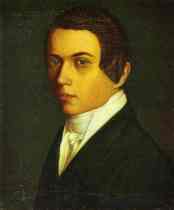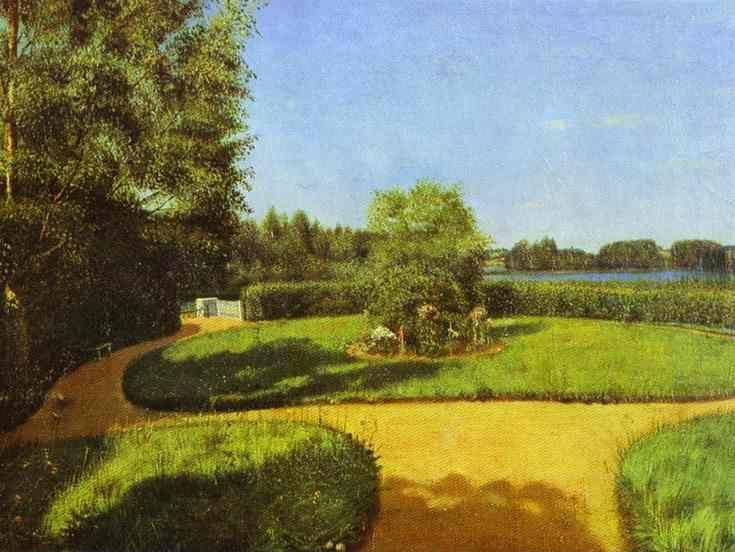Grigoriy Soroka Biography

Grigoriy Vasilievich Soroka, a peasant serf, whose emancipation Venetsianov was unable to secure despite stubborn efforts and petitions, was a particularly gifted artist of great originality among the Venetsianov’s pupils. The landscapes painted by Soroka in the Tver province in the late 1840s and early 1850s are outstanding for their keen spatial arrangements. They are filled with a kind of oppressive, nagging air, which imparts a vague feeling of something romantic and fragile. Quite different, though, are the landscapes done by the same painter in the Tambov province. These canvasses convey an air of calm. Light figures of the peasants stand out against the rolling plain of the landscape basking in the rays of the setting sun. With measured movements, united in simple groups, at one grand and humble, they impart even to the surrounding nature a majestic, almost monumental character.
In portraiture, which demands more sophisticated training than he could get, Soroka is not very skillful. Nevertheless his portrait of E.Milyukova (the end of 1840s) could compete with many portraits of his time. His self-portrait is full of inner tensity.
Soroka’s fate was really dramatic. He felt his possibilities as a painter, but his life belonged to a landowner, who refused to let him free. With death of Venetsianov died his last hope for freedom. In 1852 Soroka married and moved to country; unable to stand his slavery any longer, he stopped painting pictures and earned his leaving by painting icons for rural churches. In 1864 he committed suicide.
Bibliography
Painters of Venetzianov’s School by T. Alexeeva. Moscow. Iskusstvo. 1982.
De l’histoire du realisme dans la peinture russe. Moscow. 1982.
- View Of A Park In The Estate Of Ostrovki.

c.1842. Oil on canvas. The Tretyakov Gallery, Moscow, Russia.